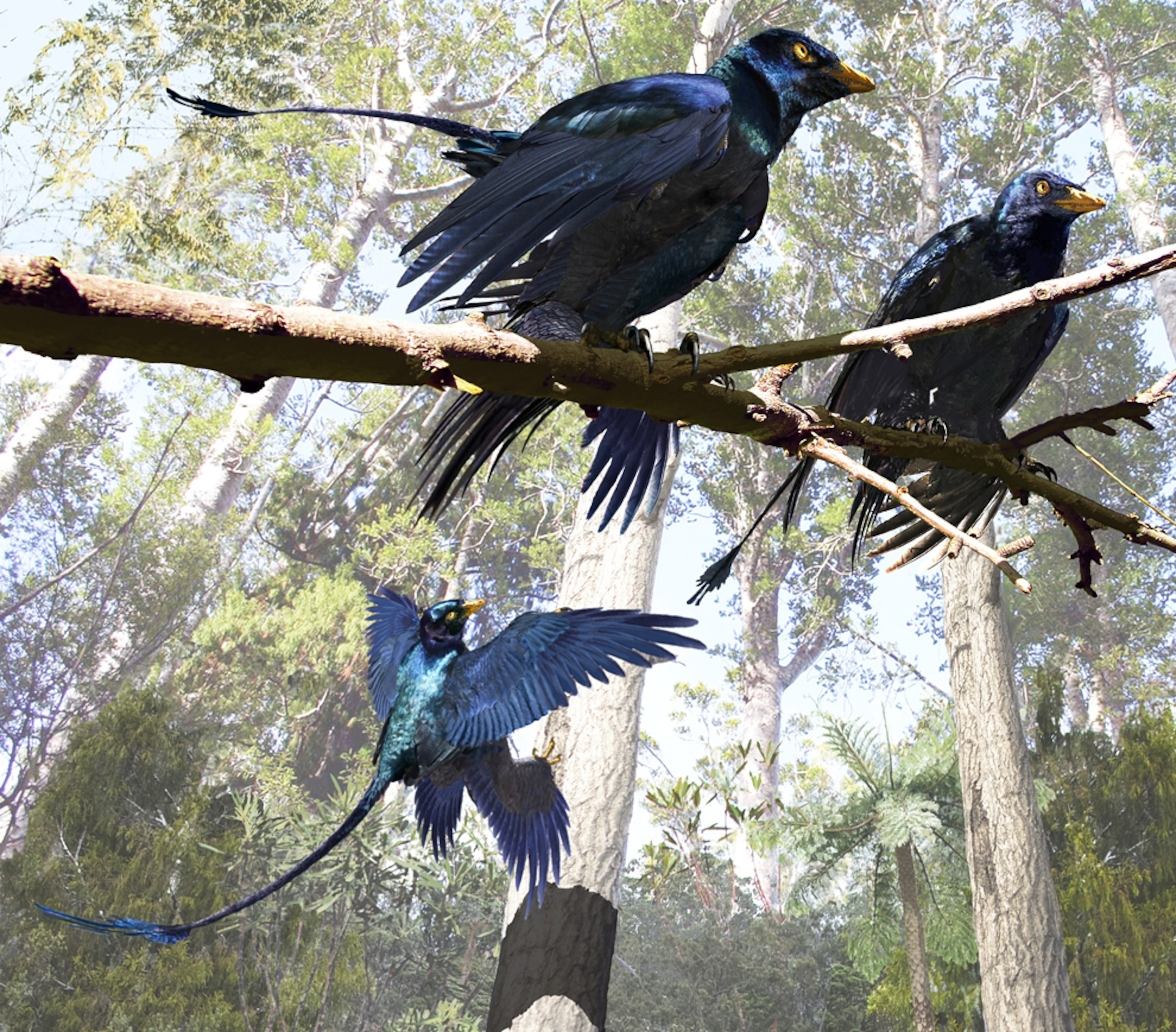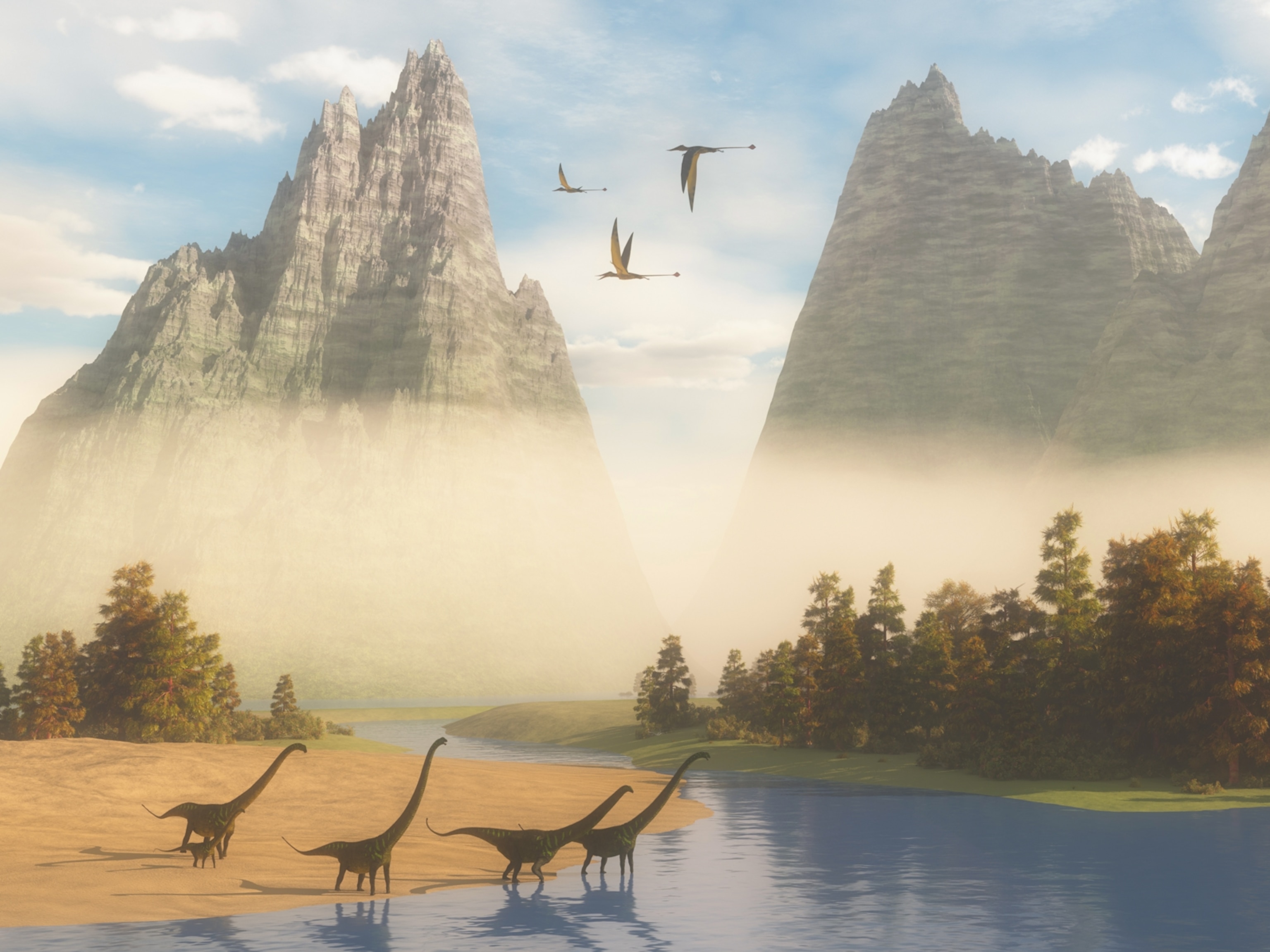Photo illustration courtesy Jason Brougham, University of Texas
Pictures: Dinosaur's Flashy Feathers Revealed
Microraptors-four-winged, feathered dinosaurs that lived 125 million years ago-sported Earth's oldest known iridescence, a new study says.
March 10, 2012










